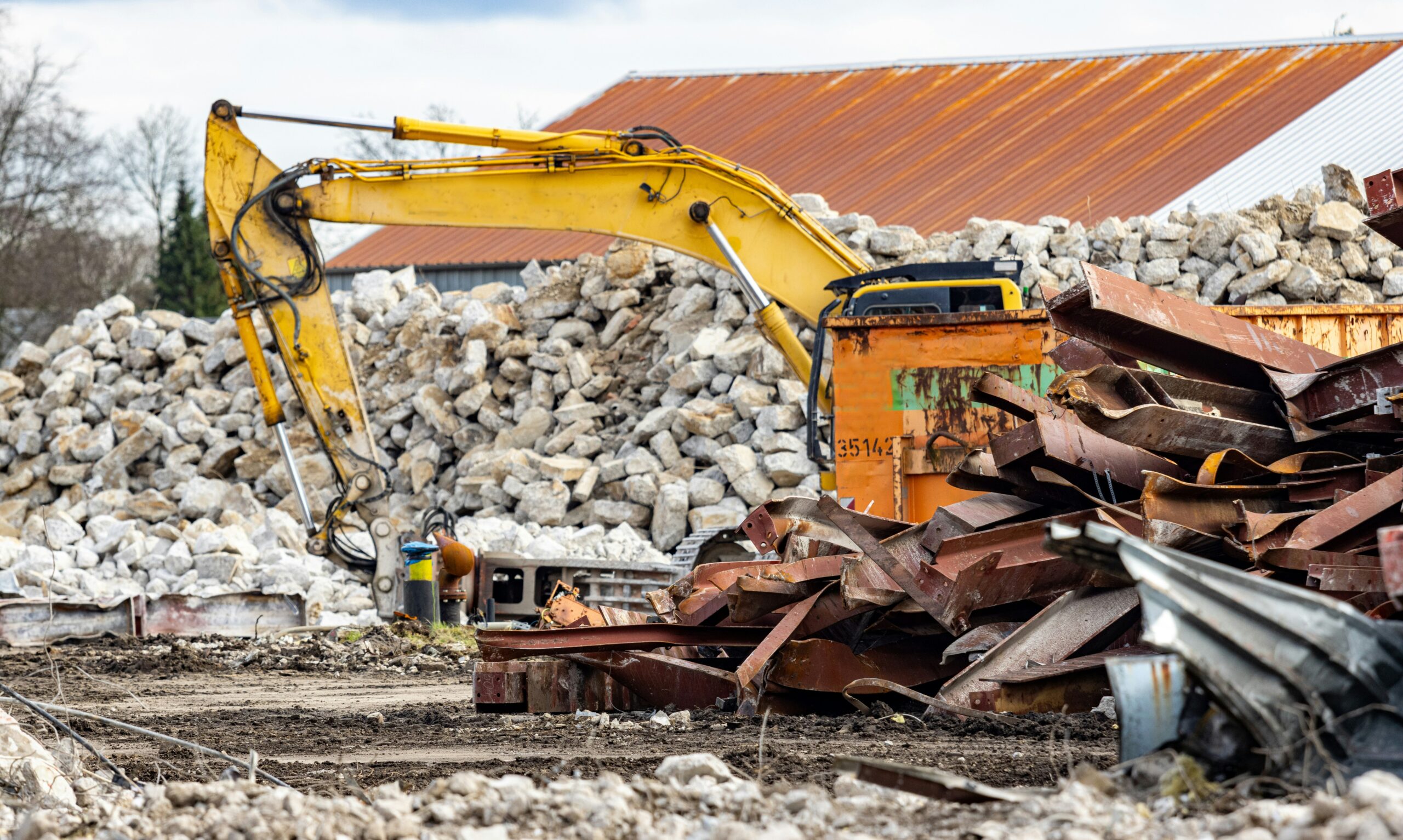Construction engineers and builders must overcome numerous obstacles to achieve sustainability because conventional waste practices do not consider the planet’s health. Common strategies are some of the most alarming and culminated in the building and construction sector’s monumental carbon footprint and greenhouse gas emission output. Eco-friendly management and demand are changing that. What does it look like in practice?
What Makes up the Construction Waste Stream?
Innovations to remove waste from construction require analyses of the most prominent offenders. They are diverse in material and density, especially as building trends change what builders and engineers use. Concrete, one of the most intensive materials on the environment, produces debris, alongside unused bricks and blocks.
The mass timber industry trend has significantly boosted the amount of wood-related waste. Lumber scraps scatter during construction, and other forms of timber processing, like creating plywood and oriented strand boards, end up as trash from manufacturing.
Another major category is metals, including steel, aluminum and copper. This is particularly problematic as builders retrofit buildings to comply with modern codes. Old infrastructure must be replaced with less contaminating and resilient materials, so countless pieces of scrap metal head to landfills.
Other building elements that end up as waste or produce byproducts include:
- Roofing materials, like shingles and insulation
- Glass from windows and doors
- Plastics from packaging and pipes
- Asphalt
- Chemical waste from paints or solvents
- Organic waste from landscaping or terraforming
What Practices Have Construction Professionals Used?
Construction professionals have used questionable methods to dispose of waste and did little to curb it. Dedicated efforts from a production standpoint and disposal perspective are required to clean things up. These strategies are the most common in the sector:
- Landfilling: Many construction waste streams end up in landfills because this remains the most cost-effective option with the least resistance.
- Recycling: This is encouraged from an environmental perspective. However, it’s not completed as frequently as possible because of expensive or inaccessible processing.
- Reuse: Salvaged materials are becoming common, especially in timber, but are finding their way into more waste streams.
- Composting: Organic waste made from projects like landscaping can be repurposed as compost feedstock instead of generating greenhouse gases in landfills.
- Incineration: Construction companies may send materials to be burned, especially if they have partnerships with waste-to-energy plants or seek waste reduction goals.
Many companies also have on-site waste management, including numerous sorting receptacles. Sometimes, this includes a medley of recycling, composting and landfill bins. Some even incorporate donation receptacles, which send materials to nonprofits or charities.
What Are the Impacts of These Methods?
Poor construction waste management has impacted the planet environmentally, financially and socially, sparking the need for comprehensive reform.
Environmental Ramifications
Excess waste saps the planet of its nutrients when in landfills. Even if the sites are completely clear of trash, the soil is so tainted they would likely be labeled brownfields from all the contamination. Though companies that compost renourish some of the land, it is not widespread enough to have a noticeable effect.
Economic Repercussions
As landfills grow taller, the operational costs become more significant. Additionally, many companies may accumulate compliance fines for creating too much waste, leading to mismanaged budgets.
However, some methods, like incineration, could have positive economic side effects. This can reduce overhead energy costs if the heat is captured and cycled back through the construction company.
Social Damage
Local communities near landfills could suffer in multiple ways. The first is spreading pollution from mismanaged landfills and floating debris from construction projects. Additionally, companies could overexert lands essential to many regions because of excess material consumption. The stress could cause outrage for residents who care about local habitats and environmental issues.
What Management Innovations Could Change the Game?
Construction experts are implementing several measures to overcome the environmental, social and financial implications of waste management neglect.
The first is monitoring and tracking technologies. Digital waste management platforms are pivotal in increasing companies’ numerical understanding of how much trash they produce. Many did not have this visibility before digital assets. The resources detail the entire journey of all materials, from transportation to disposal, recording trash impacts and numbers in real time.
Additionally, building trends are trying to eliminate waste from the beginning of the value chain. Innovations like modular and prefab construction tout minimal waste generation by lowering on-site excess materials and producing builds in controlled environments. Combining this with additive manufacturing and 3D printing makes components less resource-intensive to source and install because they’re bespoke.
Deconstruction is also trending in the sector because it replaces demolition. The idea embraces circular economic practices by carefully dismantling structures to maintain structural integrity and usefulness. This may be beneficial for various reasons. For example, recycled aluminum only requires 5% of the energy to make aluminum products from scratch, reducing its carbon footprint and effectively mitigating waste. In fact, research by the International Copper Association estimates that metal recycling, in general, takes only 15-20% of the original energy and conserves 95% more energy than making new metal from deposits. Other circular projects during construction include better-optimized on-site reuse initiatives and improved sorting systems.
However, these are only effective if the materials are more sustainable and easier to recycle, reuse or decompose. Eco-friendly material options are expanding as research and development discovers novel ways to incorporate never-before-seen assets, like mycelium insulation or straw bales.
The Future of Less Waste
Every sector is trying to be more aware of the waste it creates and throws away, but it might take some time for the construction industry to revise age-old methods that have become a habit. It is possible, and many organizations are leading the charge by touting environmental certifications and promoting legislation to standardize more carbon-friendly practices worldwide. Eventually, building waste will have minimal to no adverse impact on the planet because collaboration crafted ethical management expectations.










